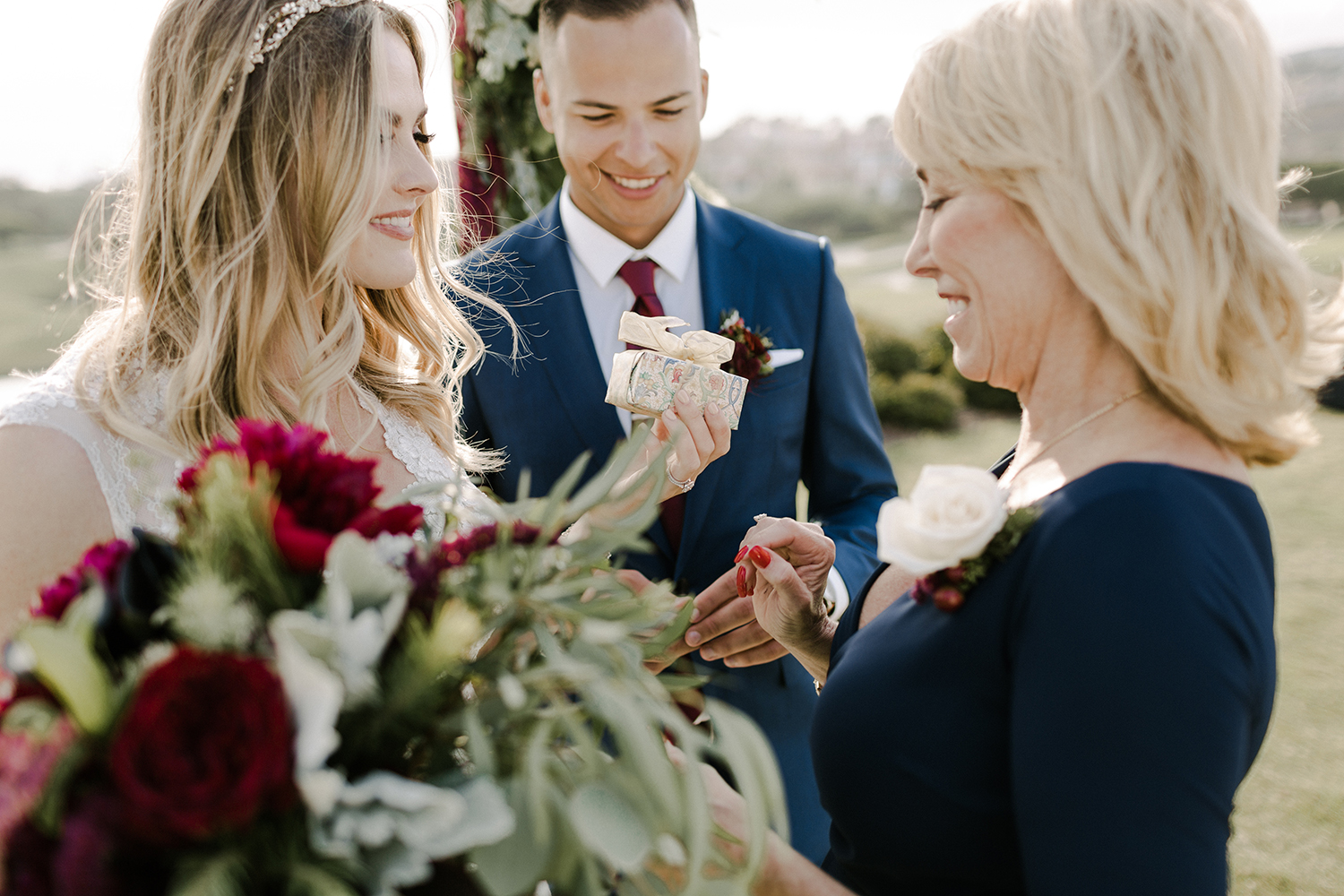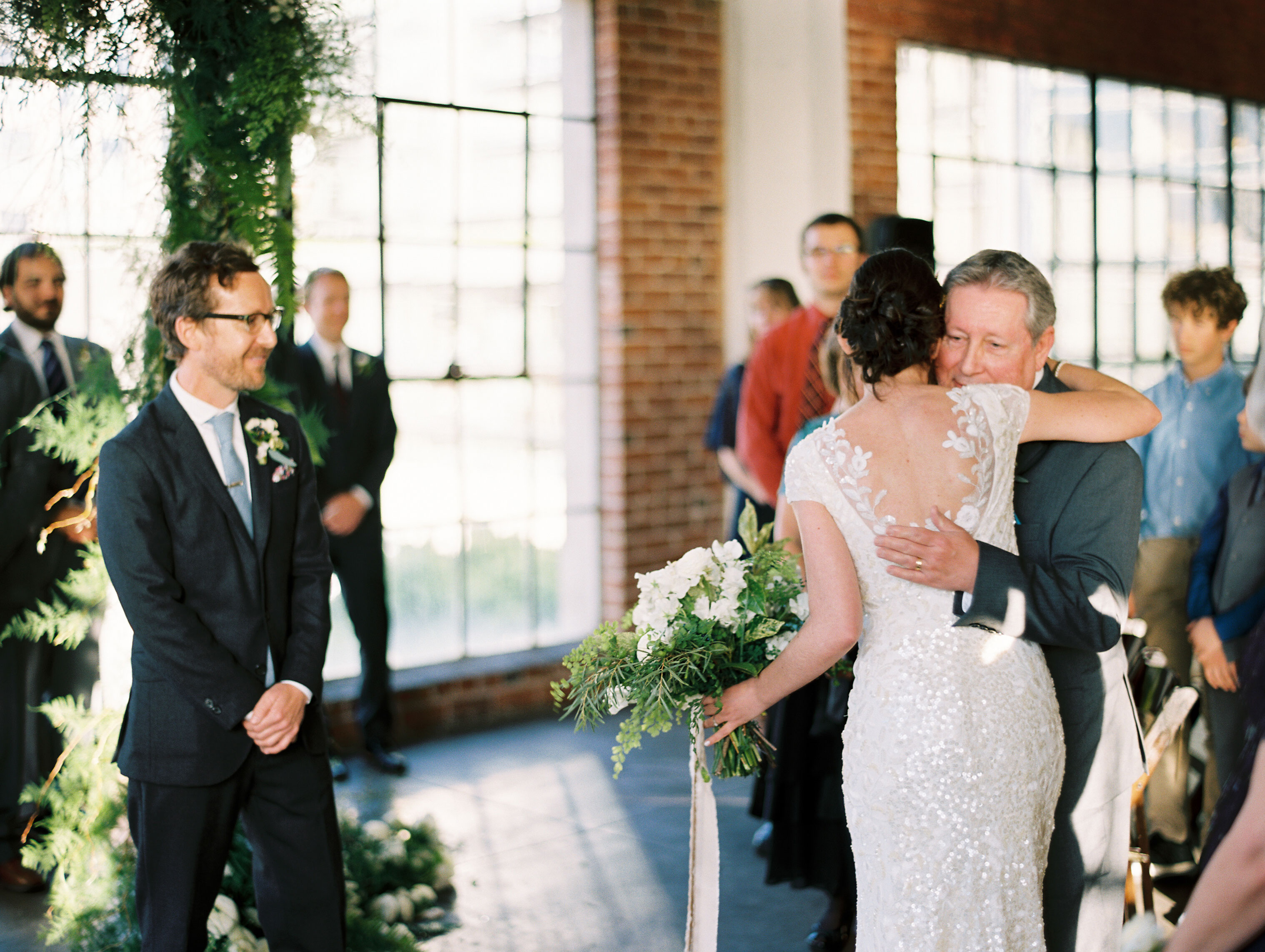The wedding budget talk. An often not-so-fun yet necessary aspect of planning your big day. To help you out and give you a few pointers we’ve learned, we’re kicking off a three-part series with tips and advice regarding this pesky topic! This series is aimed at getting you on the right path toward planning the wedding of your dreams without breaking the bank. Part one is all about understanding a bit about the wedding industry: we believe having background knowledge about wedding costs will help you know when to splurge and when to save when choosing your vendors. So let’s dive right in!

Let’s start at the very beginning: number of guests! Step one involves you and your fiancé creating your guest list. This will be your first piece of homework that will determine your budget and venue possibilities. You’ll need to cast a wide net thinking of everyone you would ever want to come and slowly whittle it down. Don’t forget to talk to your parents about their expectations for the number of invitations they will get. Note: sometimes this can be woven in nicely when bringing up the budget talk with both families. It will be hard to know how much money you need for your wedding until you know how large or small of a wedding you would like.

The average cost of a wedding in 2018 according to The Knot’s Real Weddings Study is $33,931. However, the average cost of a Southern California wedding ranges from $39,329 – $44,142. In North Carolina, that number is just above $30,000 according to The Heart of NC Weddings. Regardless of what your budget ends up being, there are a few things you should know about how your budget “should” break down based on the average wedding percentages (adapted from TheKnot.com). As you go through each, know that these are just general ranges but you may choose to spend more or less in one category over another. We’ll go into adjusting the categories based on your “Top Three” in Part Two.
As you think about your wedding, determine if any items will not be included in your main wedding budget (honeymoon etc.) and if any items are being gifted to you.

Money is a delicate matter for all families regardless of how much is in the bank. Some families have saved up for a long time, while others may be looking to you as the couple to independently fund the celebration. Regardless of your situation, we’re giving you tips on how to have the budget talk with your family and fiancé!

There is no “one right way” to have the budget talk. You are the person who knows your family best, therefore you will know the best approach based on your relationship with each parent and how they best react. First, you’ll want to decipher if each of your families are on the traditional side or the non-traditional side. Do they each want the bride’s family to fund the entire nuptials while the groom’s family covers the rehearsal dinner, or are they each looking to chip in equally or not at all? Knowing this will help to guide your approach.
We recommend having a casual dinner or talking to one parent first to feel out the situation as a start to discussing the wedding planning and budget expectations. Having read Budgeting Part One and by now you’ve established a starting ground for your guest count, you’ll already have an idea of the average costs associated with wedding planning so that you go into the budget discussions well educated.
Once you know from both sides how much money you’re getting from your families, and how much you are chipping in yourself, congratulations – you officially have a total budget (or budget range)!
We’ve come across this quite a bit as a philosophy in the wedding industry when it comes to couples and their budgets. The idea is simple. Imagine your top three wedding “must haves” – those things or people you see immediately when you enter into your wedding. Is it a couture gown, gourmet food, and a live band? Or is it an open bar amongst all of your family and friends with lush flowers?
You and your fiancé should start the planning process with this discussion. Both of you will develop your top three wedding must haves. Then you will reveal them to each other and explain why these are important to you. Be kind, but honest! The hard part will come next as you compromise to focus in on the ultimate top three categories. Once you come to this conclusion, you will know how to prioritize your budget and even splurge a little more in those categories. Everything else that was not a priority will not get priority status when it comes to your budget. This means if extravagant dessert bars wasn’t on either of your top three lists then you cut back here. If designer attire was not in your top three then you opt for attire that is a little more affordable. Make sense?

By now you’re getting more settled into your wedding budget. YAY! Here comes the tough part. You will start plugging in numbers to your budget and the feeling of overwhelm will begin to hit as you get quotes for each category. We totally understand. We know it is this very part where a lot of couples consider eloping. Don’t get discouraged, we are here to help! We don’t want to have you living in an unrealistic reality, but we want to make sure that you are staying focused on your wedding “Top Three” and getting the most out of your wedding budget.

Xo,
Chelsea

We are Southern California and North Carolina based wedding planners and event designers
Copyright © 2023 Delphine. All Rights Reserved. Site Powered by Pix & Hue.
Thank you for saying hello and we will respond to your message as soon as possible. In the mean time, come join our party on Instagram! @luckydayeventsco
Thank you for submitting the form, we’re ready to get to work and we’ll reach out if we have any questions for you!